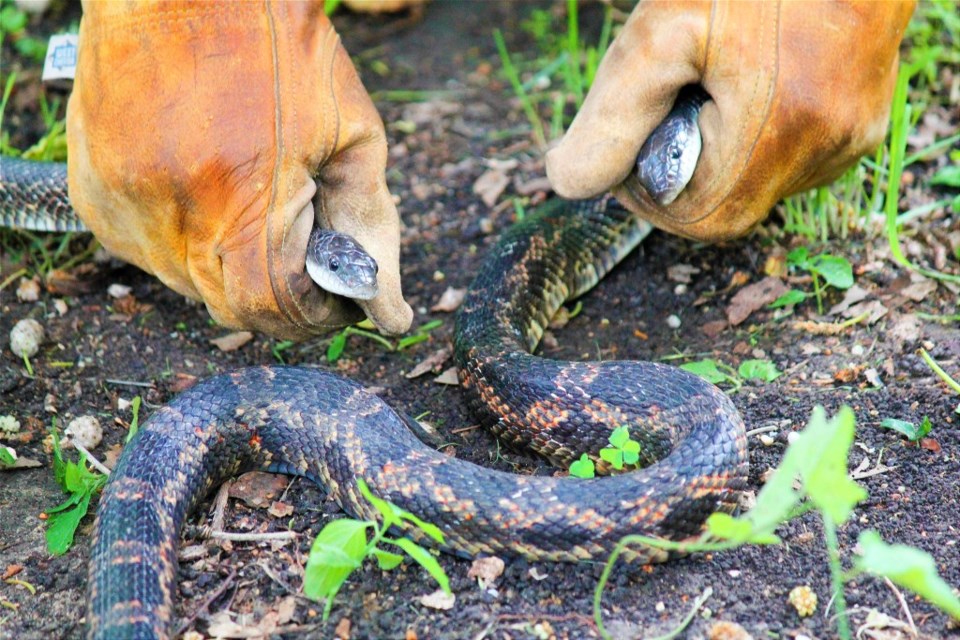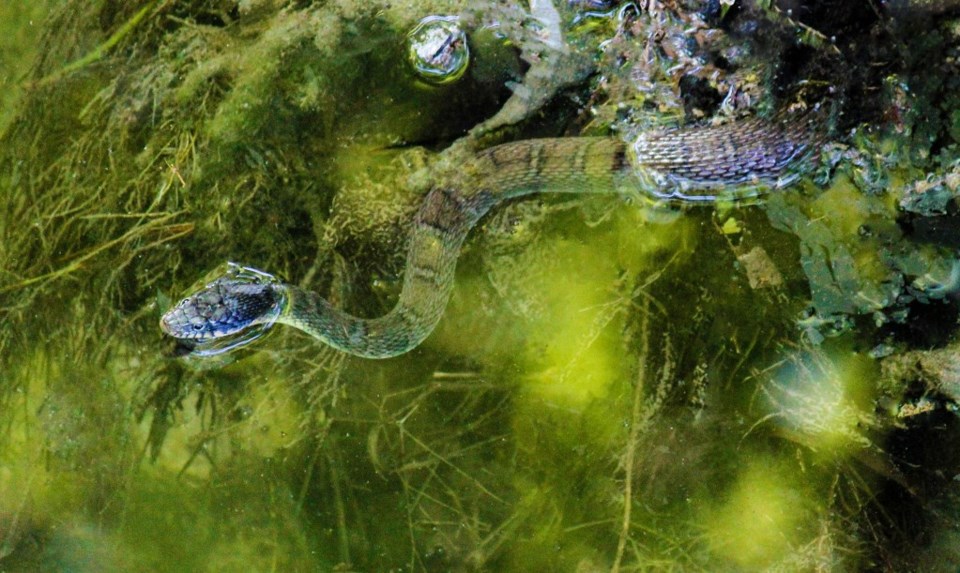There's seven important things you need to know about rat snakes in Texas.
Snakes top the list of the most feared creatures that call the suburban wilderness home. The Texas rat snake is one of the more common varieties found in suburban settings. Though they sometimes pretend to be as dangerous as their cousins, the rattlesnake and the cottonmouth, the rat snakes in Texas are non-venomous tree-hugging critters which are actually one of suburbia’s biggest assets.
Rat snakes in Texas have adapted well to suburban living, as they spend most of their time in large oak trees. They have a spotted-brown to olive-green coloring with hues of yellow, orange and occasionally red—perfect camouflage for tree-living.

They can, however, be easily misidentified. When threatened, they have been known to imitate the rattlesnake by shaking their tails. The distinct lack of the signature rattling sound will help you quickly see through this ruse. Juvenile rat snakes have a darker coloring, giving them a similar appearance to the cottonmouth. But look carefully and you will see these tricky youngsters do not boast the telltale white mouth from which the actual cottonmouth gets its name.
Read more: 6 plants that thrive in North Texas

It might be easy to dismiss Texas rat snakes as spine-tingling pests, but they are actually one of nature’s best forms of pest control. These creepy-crawlers eat some of the most notorious home-invading rodents that plague suburban communities. Mice and rats that make their way into homes can destroy insulation, wires, PVC plumbing, and wood rafters. The presence of rat-snakes, who dine on these pests, ensures a lower rodent population. In addition, rat-snakes compete with the rattler and the cottonmouth for the same food supply, meaning there is very little chance that you’ll find the more dangerous creatures in your area.
These beautiful animals may give chills to some, but I for one would rather see the snake than the rat!
If you're intrigued and would like to learn more about snakes in North Texas, we recommend you join the Facebook group, What kind of snake is this? North Texas Educational Group.

Rat Snakes in Texas
The following is a summary of the seven things you need to know about rat snakes in Texas:
- Texas rat snakes are not venomous.
- Rat snakes in Texas feed on rodents, birds, lizards, squirrels and frogs, which they subdue with constriction.
- The Texas rat snake is an agile climber and can reach a bird’s nest with ease and can even climb up brick walls.
- Texas rat snakes are also found in Louisiana, Arkansas and Oklahoma.
- Rat snakes in Texas can grow more than two meters long, which is why so many people are afraid of them!
- Rat snakes in Texas are smelly! Seriously, they have a nasty smell because of the all the pests they consume (rodents, birds, lizards, squirrels and frogs).
- Rat snakes in Texas are sometimes erroneously called chicken snakes, because they sometimes consume eggs and fledgling chickens. When you hear someone talking about a chicken snake in Texas, chances are they are talking about a Texas rat snake.
Snakes of Texas and other venemous creatures
While Texas rat snakes are harmless, there are a number of other creatures in Texas that are indeed venemous. These include cottonmouth and copperhead snakes, as well as black widow and brown recluse spiders. And, of course, we have mosquitoes too! Mosquitoes may not be venemous but since some mosquitoes carry West Nile Virus, they are dangerous! Read more about these dangerous creatures at the link below.



